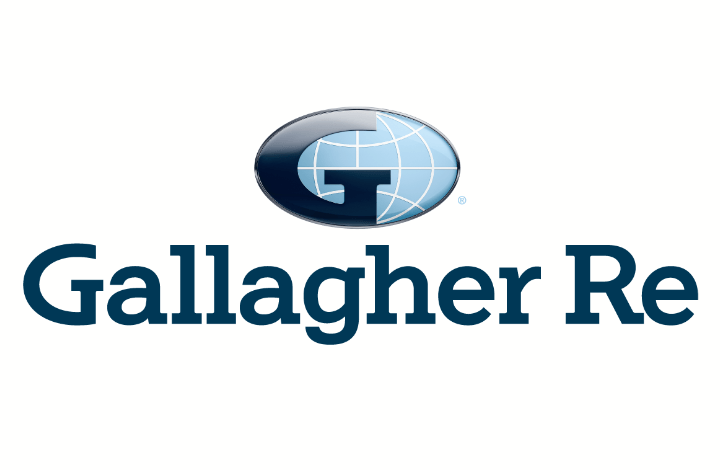
Families across the country are in quarantine and are likely keeping their children busy by assigning chores! Many of us will reward our children with an allowance or other form of compensation for completing those chores.So what better time to talk to your kids about responsibility in earning money and being smart with that money.Understanding how money works is critical to everyday life and it’s one of the major reasons why many states are finally reviewing high school graduation requirements in relation to how much personal finance is taught.
Currently, it’s estimated that only 1 in 6 graduating high school students have any kind of personal finance class before graduation.This leaves millions of young adults completely unprepared to face important financial decisions, manage a basic budget, and lacking an understanding of interest rates, taxes, or investing.According to the Financial Industry Regulatory Authority, 63% of Americans are categorized as “financially illiterate.” Simply put, the definition of “Financial Literacy” is the education and understanding of knowing how to earn, save, spend, and invest money, as well as the skills and ability to use financial resources to make decisions.
It seems pretty cut and dry, right? Well, for one reason or another, the number shows Americans are failing… The U.S.ranks 14th globally in terms of financial literacy.With a 57% literacy, the U.S.
beats Botswana (52%) but gets edged out by countries like Germany (66%) or Canada (68%).Only 16.4% of U.S.students are required to take a personal finance class in school.
76% of millennials lack basic financial knowledge.Four out of five adults say they were never given the opportunity to learn about personal finance.22% of millennials feel overwhelmed about their finances.
13% of millennials feel scared.Out of 1,500 U.S.adults surveyed last year, respondents said that, on average, they lost $1,230 dollars in 2018 by not properly understanding basic household finance issues – that’s about the monthly mortgage on a modest home.
Almost 20% said that not understanding their finances cost them $2,500 and altogether, a lack of financial literacy cost Americans a total of $295 billion in 2018.April is almost here and is Financial Literacy Month, created to “raise public awareness about the importance of financial education in the United States and the serious consequences that may be associated with a lack of understanding about personal finances,” however, this message isn’t making it down to where it matters most – our children.Fortunately, there are resources available to get children started on the right path to financial literacy.
One such resource is chore apps.Apps like BusyKid allow parents to set chores for their children and when the kids complete them, they are paid a weekly allowance.With the BusyKid app, a percentage of their allowance is saved automatically, then kids have several options for the rest.
They can donate to a charity, invest in real stock, or transfer funds to a prepaid spend card they can use just like a real debit card. It’s a great way to help your kids build a strong financial routine!
Blog courtesy of BusyKid.Copyright 2020 BusyKid.All rights reserved
Share this:FacebookTwitterLinkedInMoreEmailPrintLike this:
Publisher: Central Insurance Companies








